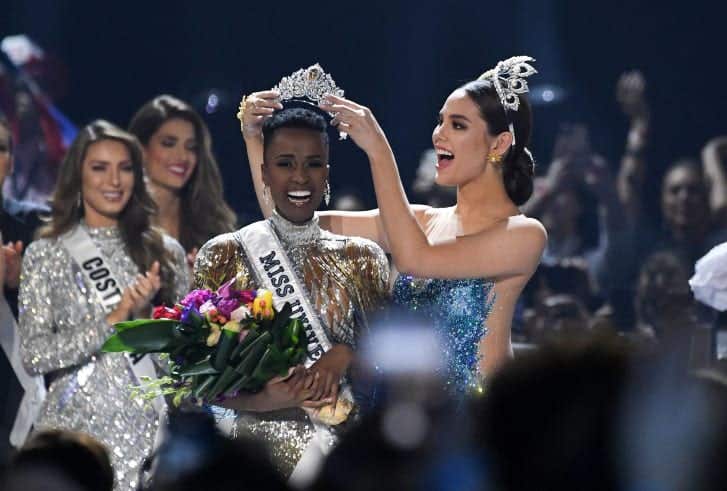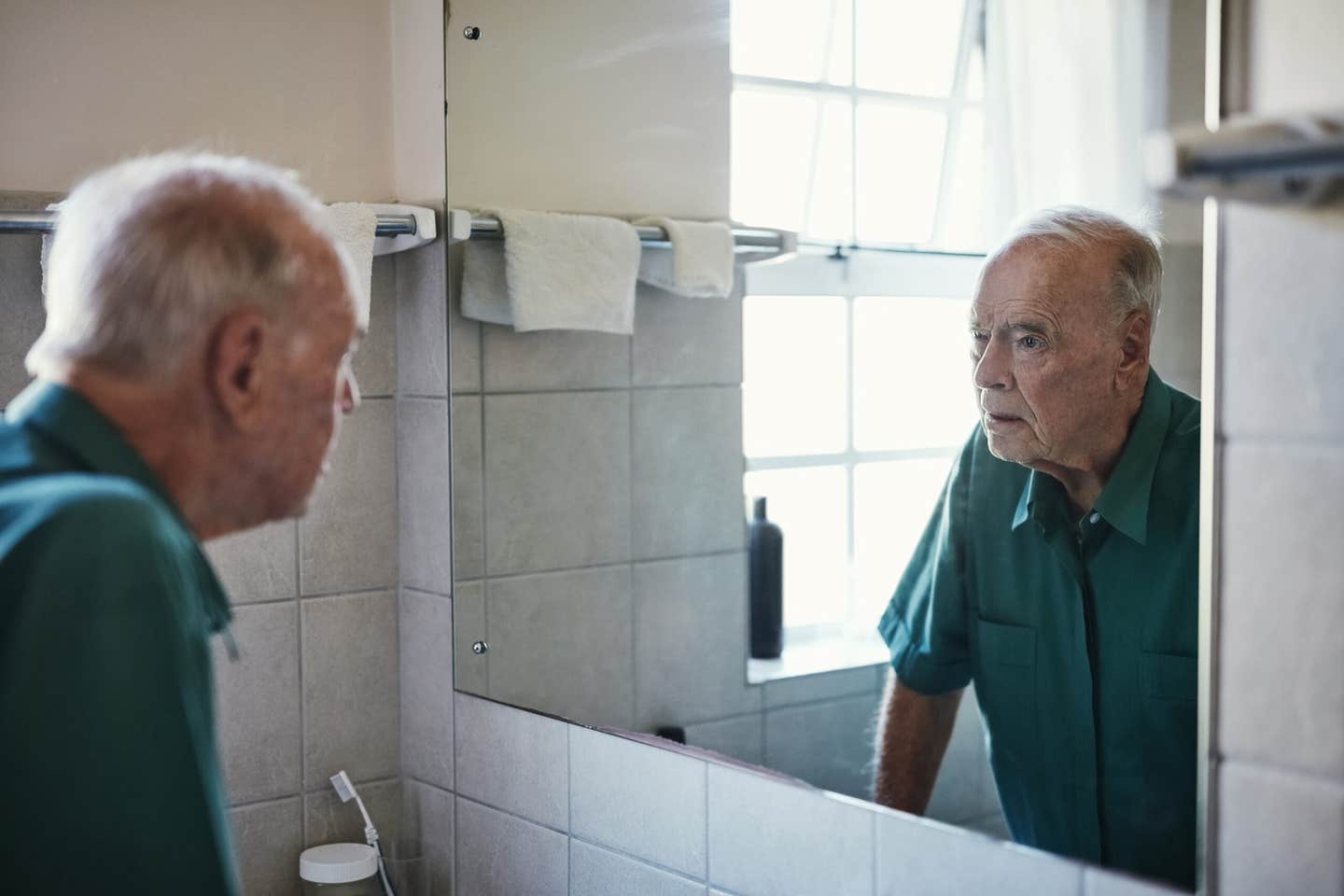How Miss Universe’s historic win helped shift the status quo for beauty standards
The 26-year-old became the third South African to accomplish the feat; but most notably, she became the first in the history of the pageant

[Aug. 8, 2020: CNN]
Zozibini Tunzi, a Black woman with afro hair, grew up reading fashion and beauty magazines that did not contain images of women who looked like her. So when she was crowned Miss South Africa one year ago, Tunzi felt on top of the world.
Four months after her national victory, she was actually on top of the world, at least by title -- as 2019 Miss Universe, advancing over women from 89 countries in one of the most prestigious annual beauty pageants.
The 26-year-old became the third South African to accomplish the feat; but most notably, she became the first in the history of the pageant to win with afro-textured hair -- an acknowledgment of Black beauty on the international stage.
With beauty contests historically dominated by lighter-skinned contestants, Tunzi said she didn't know it was possible for someone like her to become Miss Universe.
"But now, I confidently know that when you ask a young girl who looks like me, do they know that they can become Miss Universe, I know that they can say that they can," she said in a video interview.
Since then, Tunzi's reign has unfolded unlike any other; a few months into her role, the coronavirus pandemic stymied any travel she would have done as part of her typical crown duties.
But from her New York apartment, she continues to advocate for gender equality and greater representation of Black women in the beauty realm.
Like these kind of stories? Get The Brighter Side of News' newsletter.
Shifting the status quo
Tunzi's Miss Universe win was significant, set against the backdrop of centuries of under-representation for Black women in the beauty industry, according to Lori Tharps, professor, podcast host and co-author of "Hair Story: Untangling the Roots of Black Hair in America."
Historically, she says, beauty standards were set by and for White women.
But it wasn't just that White beauty standards were the "norm." "There was a parallel campaign that kinky hair, dark skin, wide noses (and) more curvaceous features all signified something inferior," Tharps explained in a phone interview.
In the US, public imagery -- from ad campaigns to blackface -- denigrated Black females, even into the 1960s and '70s, she said. The deep roots of that inequality persist today.
"We are still in this place of struggle to acknowledge Black beauty, not in relation to Whiteness, but simply in and of itself."
But with Miss Universe, Tharps added, "she's beautiful because she's beautiful, not because she looks like a White woman. She won being a darker-skinned African woman with undeniably African textured hair. So that is a remarkable feat."
Leading up to her run as Miss South Africa, Tunzi courageously defied pressure to cover up her natural hair -- and carried that through to Miss Universe.
A lot of people asked me ... 'so are you going to put on a weave; are you going to change your hair?' And those questions are what made me resistant," Tunzi recalled.
The natural hair movement gained momentum in the early 2000s, according to Tharps, alongside a larger societal shift toward eco-friendly products and practices.
A 2019 report by market intelligence firm Mintel found that nearly eight in 10 Black consumers in the US now have chemically-free hair, and "prefer product collections made for their specific texture, hair issues and styling choices."
Recently, more inclusive makeup lines such as Rihanna's Fenty Beauty have also signaled disruption in the beauty industry.
"I feel beautiful in my short, afro hair," Tunzi said. "This is how it grows out of my head ... and I wanted the world to see it like that."
Not everyone saw it that way; Tunzi received comments on social media calling her a "downgrade," and "underwhelming" after taking the Miss Universe title. She said that while it was hard to read those words, she knows that there are young girls and women across the globe who will look at her and feel represented..... Read More



